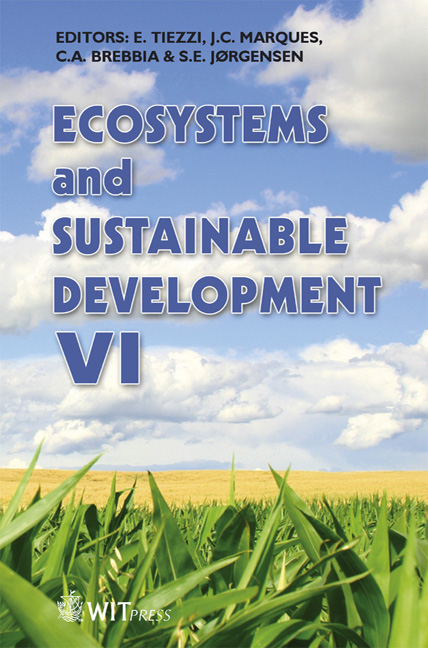Technological Change Dynamic And Learning Curve Theory: Application To The Global Energy System
Price
Free (open access)
Transaction
Volume
106
Pages
11
Published
2007
Size
323 kb
Paper DOI
10.2495/ECO070221
Copyright
WIT Press
Author(s)
S. Kahouli-Brahmi
Abstract
This paper has two goals. First, to explain the sources of an energy system lock-in. Second, to analyse the factors for creating conditions for technological path-breaking. We present a comparative analysis of the respective contributions of the learning-by-doing, the learning-by-researching and returns to scale effects in explaining the technological change dynamic. Our analysis is articulated within the increasing returns to adoption hypothesis of Arthur (Competing technologies, increasing returns, and lock-in by historical events. The economic journal 99, pp. 116-131, 1989) and is based on the learning curve theory. Global time series data of nine energy technologies, conventional and renewable, were collected. Causality analysis and econometric estimation of learning rates and scale effects were performed. The results show that learning effects have been an important source of cost decrease and thus of learning system performance improvements. They also show that the magnitude of the learning effects as well as of the scale effects depend on the technological change stage of energy technologies. Based on major results, some theoretical institutional and policy issues inherent to the energy market barriers and to the conditions for creating technological path-breaking are also assessed and discussed. Keywords: technological change, energy diffusion, two factor learning curve, returns to scale effect, energy lock-in, increasing returns to adoption. 1 Introduction Environmental policy debates increasingly focus on issues related to energy system dynamics. For a long time, production and consumption processes have been based on fossil fuel resources, mainly oil and coal energy technologies,
Keywords
technological change, energy diffusion, two factor learning curve, returns to scale effect, energy lock-in, increasing returns to adoption.





